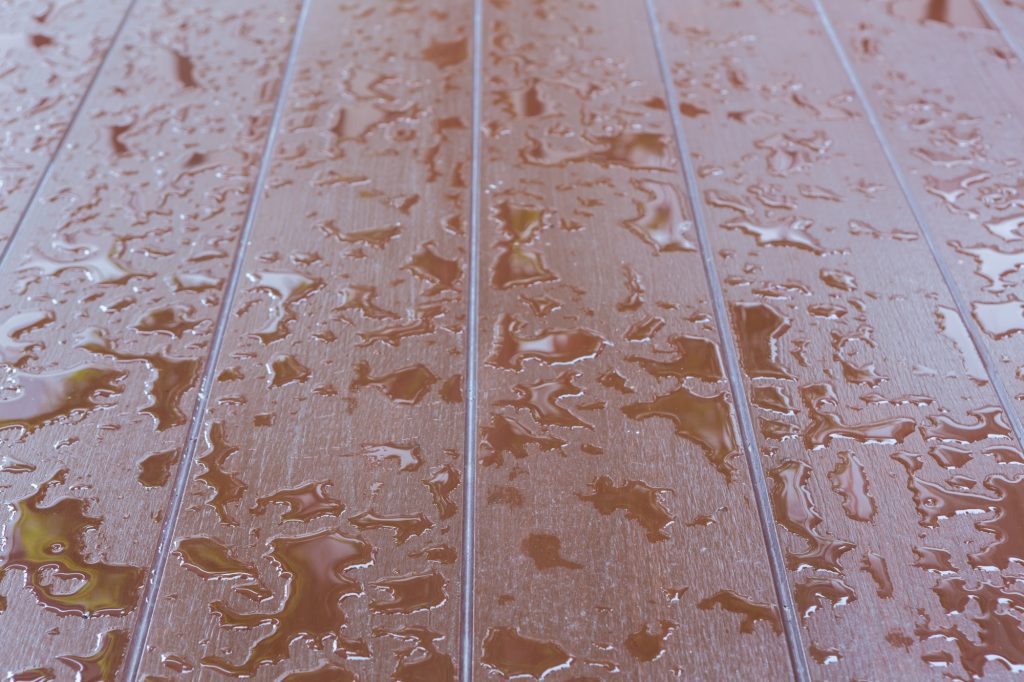Top 4 Signs of Springtime Residential Water Damage
Spring is the season of renewal, but it can also bring unwanted water damage to your home. As the snow melts and the rain starts to pour, it’s important to keep an eye out for signs of water damage in your home. Here are four major signs of springtime water damage to look out for, and how First Response can fix them.
Musty Odors
Sniff sniff – smell something funky? If you detect a musty or damp odor in your home, it could be a sign of water damage. This odor is usually caused by the growth of mold and mildew, which thrive in moist environments. It’s important to address the issue as soon as possible to prevent further damage and potential health problems, as mold and mildew can be very damaging to not just belongings, but prompt long-term health issues.
First Response will start by identifying the source of the moisture with moisture meters and thermal imaging cameras to detect any hidden moisture in your walls or floors. Once the source of the moisture has been identified, we’ll begin the remediation process, which includes removing any mold or mildew growth with specialized cleaning agents. We also use air scrubbers and dehumidifiers to remove excess moisture from the air, and will deodorize your home to remove any lingering musty odors.

Warped or Buckled Floors
If your floors are warped or buckled, it could be a sign of water damage. This can happen if water seeps into the subflooring or if there is excess moisture in the air. If left untreated, this can lead to structural damage and potentially hazardous conditions.
Just like with compromised walls, we’ll start by identifying the source of the water and fixing the leak. We’ll then remove any damaged materials and begin the drying process, using specialized equipment like air movers and dehumidifiers to remove excess moisture from your home. Once your home is dry, we repair or replace any damaged structural materials, like drywall or flooring.
Stains on Walls, Ceilings, or Floors
If you notice yellow or brown stains on your walls, ceilings, or floors, it could be a sign of water damage. These stains are usually caused by water seeping into the materials and causing them to warp or weaken. If left untreated, these stains can lead to mold growth and structural damage.
We’ll start by identifying the source of the water and fixing the leak. We’ll then remove any damaged materials and begin the drying process, using specialized equipment like air movers and dehumidifiers to remove excess moisture from your home. Once your home is dry, we repair or replace any damaged structural materials, like drywall or flooring.

Cracks in Your Foundation
Water damage can also affect your home’s foundation, leading to cracks and other structural issues. This can be caused by excess moisture in the soil surrounding your home, which can cause the foundation to shift or settle unevenly. Don’t ignore these telltale signs of damage – a weak foundation compromises your entire home.
We start by assessing the damage to your foundation, and developing a plan to repair or reinforce your foundation. This may involve installing drainage systems or repairing any damage to your basement or crawl space. Once your foundation is repaired or reinforced, we’ll make sure your home is properly sealed to prevent future water damage. This might involve installing a vapor barrier or waterproofing your basement or crawl space.
In short, don’t ignore signs of damage or assume they’ll go away without intervention. Your home’s integrity and your health depend upon it!



















